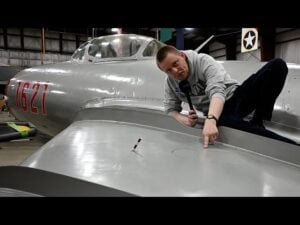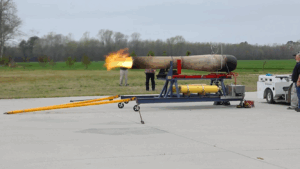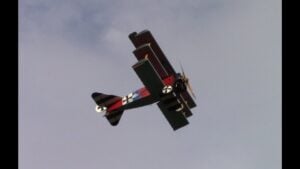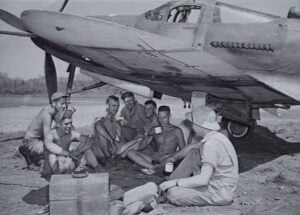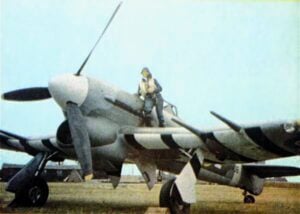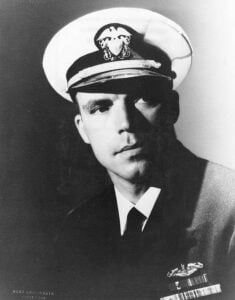Why Did the P-38’s Wings Kill Some of Its Pilots?
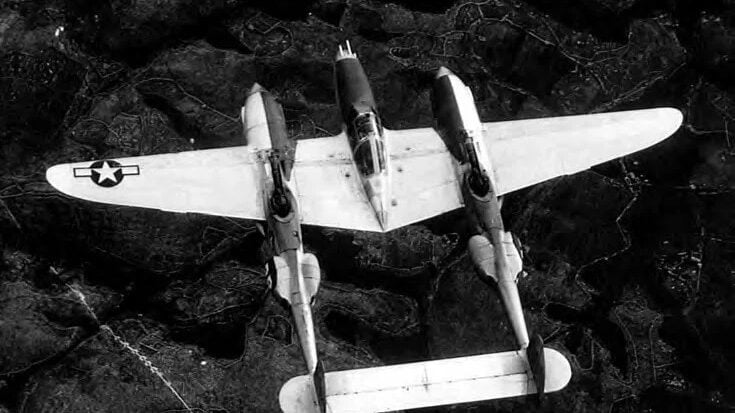
Wikimedia CC
Lieutenant Robert Morrison’s hands began to shake at 28,000 feet. His P-38 Lightning was running perfectly, every gauge in the green. Yet within minutes, Morrison lost consciousness. His twin-boomed fighter plunged toward the Pacific until he miraculously came to at 15,000 feet — alive, but with no memory of what had happened.
He wasn’t alone. Across the Pacific, other P-38 pilots reported the same terrifying symptoms: dizziness, confusion, and sudden blackouts. Mechanics checked oxygen systems, fuel pressure, and engines, but nothing seemed wrong. The Allison V-1710 engines ran flawlessly. So why were pilots passing out in one of America’s most advanced fighters?
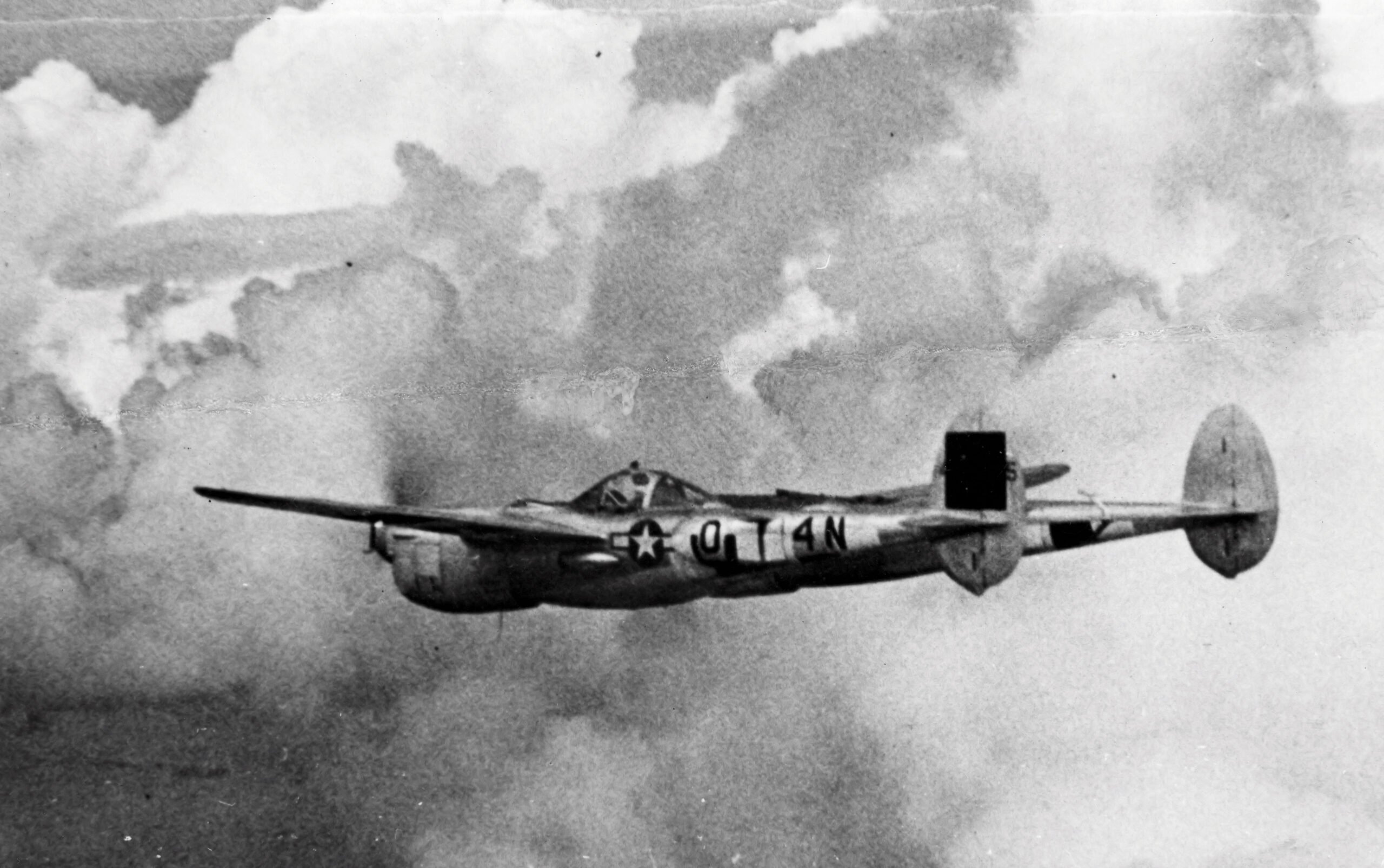
A Deadly Mystery in the Wings
At first, engineers suspected enemy action. But these incidents often happened far from combat. Then investigators noticed a strange pattern — only early P-38 models suffered from the mysterious blackouts, while later versions like the P-38J did not.
The clue lay hidden inside the wings. Early Lightnings used a clever but dangerous cooling system. Their intercoolers, designed to cool the compressed air from the superchargers, were buried deep inside the wing’s leading edges. Air traveled through long internal ducts before reaching the engines, keeping the aircraft’s profile sleek and aerodynamic.
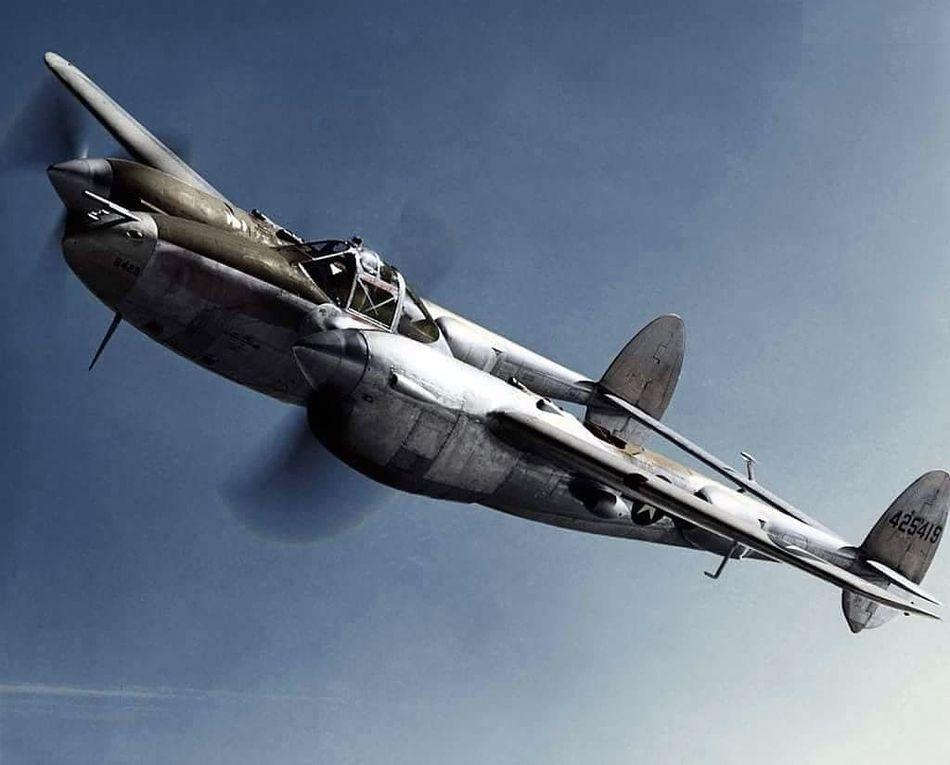
But that elegant design had a fatal flaw. A single .30-caliber bullet or even minor damage could rupture those channels. When that happened, exhaust gases containing carbon monoxide could leak into the cockpit ventilation system.
The Invisible Killer
At high altitudes, carbon monoxide binds to hemoglobin 250 times more effectively than oxygen. That meant even a trace amount could knock a pilot unconscious before he realized anything was wrong. There were no warning lights, no alarms — only a sudden wave of fatigue and confusion as the poison replaced oxygen in the bloodstream.
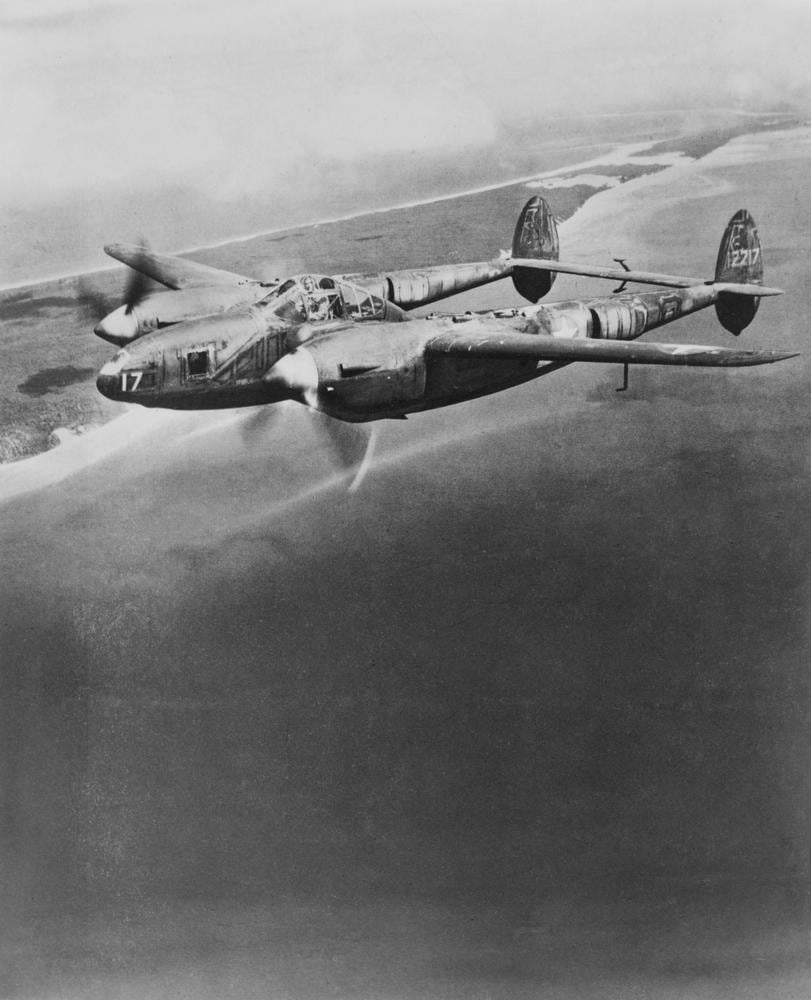
By the time investigators traced the issue to the wing-embedded intercoolers, the U.S. Army Air Forces had already begun modifying later P-38s. The redesign moved the intercoolers into the engine nacelles, eliminating the risk and saving countless lives.
The Lightning’s Redemption
The P-38 went on to become one of the most successful Allied fighters of the war, serving in every major theater. It scored more kills in the Pacific than any other U.S. Army fighter. Yet behind its sleek, futuristic design lay a deadly lesson — even the most advanced engineering can hide a silent killer.














